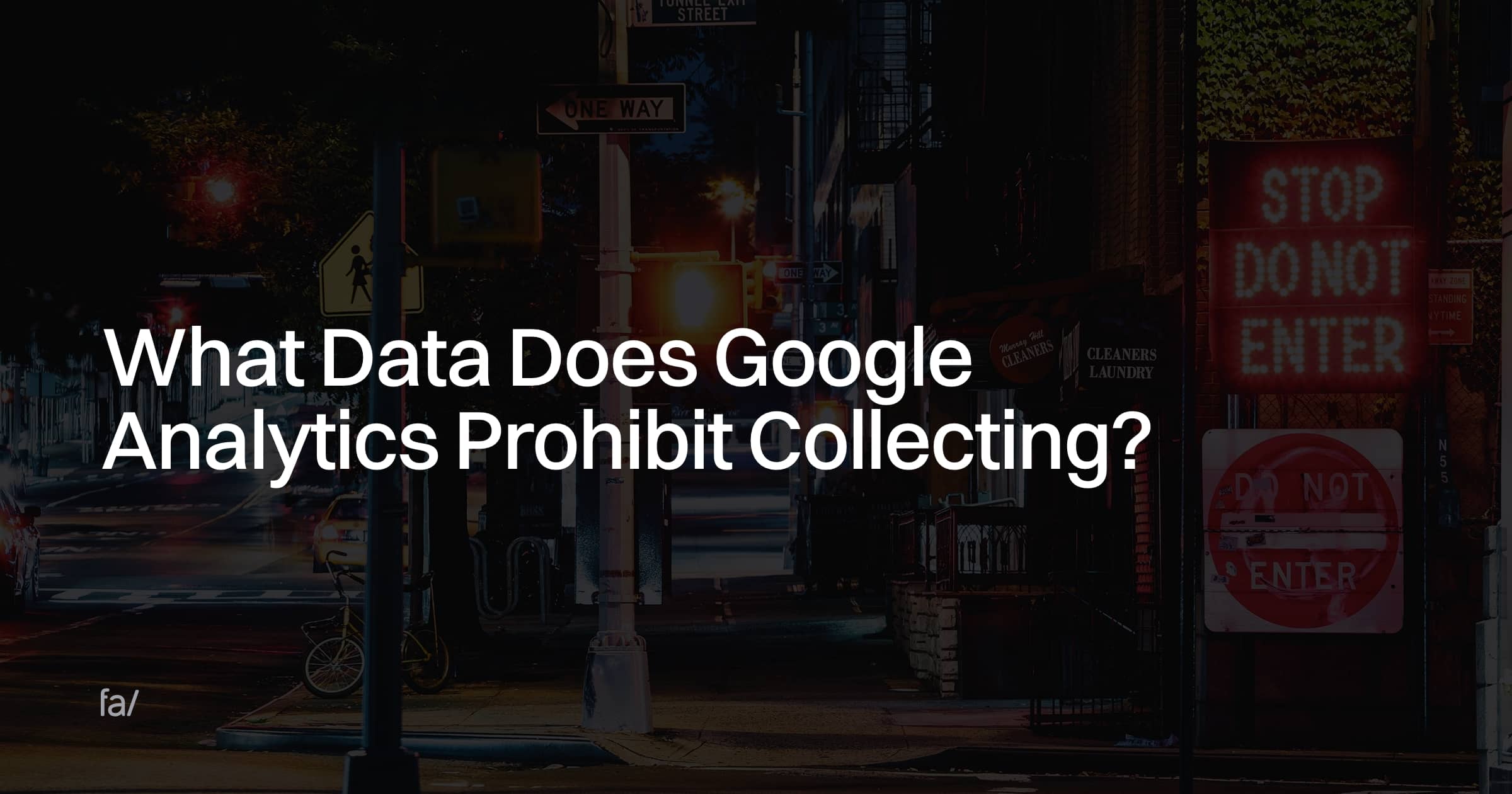Understanding Google Analytics: What Data Does Google Analytics Prohibit Collecting?
Understanding Google Analytics: What Data Does Google Analytics Prohibit Collecting?
Blog Article
Understanding the Art of Overcoming Information Collection Limitations in Google Analytics for Better Decision-Making
In the realm of electronic analytics, the ability to extract meaningful understandings from information is extremely important for notified decision-making. Google Analytics stands as a powerful tool for services seeking to recognize individual behavior, track conversions, and enhance their online existence. However, data collection limitations within this system can hinder the accuracy and deepness of the information collected. To really harness the potential of Google Analytics for critical decision-making, mastering the art of getting rid of these constraints is crucial. By utilizing sophisticated methods and calculated methods, companies can elevate their data high quality, unlock concealed insights, and lead the way for even more efficient and enlightened decisions.
Data Top Quality Assessment
Information top quality evaluation includes assessing various facets such as accuracy, efficiency, consistency, and timeliness of the data. One essential aspect to take into consideration is information accuracy, which refers to how well the information shows the real values of the metrics being determined.
Efficiency of data is another essential element in assessing information high quality. Consistency checks are additionally crucial in information top quality analysis to identify any type of disparities or abnormalities within the information set. By prioritizing data top quality assessment in Google Analytics, services can enhance the reliability of their analytics reports and make even more informed decisions based on accurate understandings.
Advanced Monitoring Strategies
Using advanced tracking methods in Google Analytics can dramatically enhance the deepness and granularity of information collected for more detailed evaluation and understandings. One such technique is event tracking, which permits the surveillance of specific communications on a web site, like click switches, downloads of documents, or video views. By carrying out occasion tracking, organizations can gain a much deeper understanding of individual behavior and engagement with their on-line web content.
Additionally, custom-made dimensions and metrics supply a method to customize Google Analytics to specific service needs. Personalized measurements permit the creation of new data factors, such as customer roles or customer sections, while custom-made metrics make it possible for the monitoring of unique efficiency signs, like earnings per customer or typical order value.
In addition, the utilization of Google Tag Supervisor can streamline the implementation of tracking codes and tags throughout a site, making it simpler to manage and deploy advanced monitoring arrangements. By taking advantage of these sophisticated tracking methods, organizations can unlock useful insights and optimize their on-line methods for much better decision-making.
Custom-made Measurement Execution
To improve the depth of information gathered in Google Analytics past sophisticated monitoring methods like occasion monitoring, companies can implement personalized measurements for even more customized insights. Custom-made measurements allow businesses to define and gather specific information points that pertain to their distinct objectives and purposes (What Data Does Google Analytics Prohibit Collecting?). By designating personalized dimensions to different components on a web site, such as individual interactions, demographics, or session information, services can acquire a more granular understanding of just how users involve with their online residential properties

Attribution Modeling Methods
Efficient acknowledgment modeling is essential for recognizing the impact of numerous marketing networks on conversion courses. By employing the best acknowledgment model, businesses can properly associate conversions to the suitable touchpoints along the customer trip. One typical acknowledgment model is the Last over at this website Communication design, which offers credit for a conversion to the last touchpoint an individual communicated with prior to transforming. While this model is basic and easy to apply, it frequently oversimplifies the customer journey, ignoring the influence of various other touchpoints that contributed to the conversion.

Information Tasting Avoidance
When dealing with large quantities of data in Google Analytics, getting rid website link of data sampling is essential to guarantee accurate insights are obtained for educated decision-making. Information tasting happens when Google Analytics approximates patterns in data rather than examining the complete dataset, possibly leading to skewed results. By taking these aggressive actions to lessen information tasting, businesses can remove much more exact insights from Google Analytics, leading to try this web-site better decision-making and improved general performance.
Verdict
Finally, grasping the art of getting rid of data collection constraints in Google Analytics is essential for making educated choices. By carrying out a complete data top quality assessment, carrying out advanced tracking strategies, using custom measurements, using acknowledgment modeling strategies, and staying clear of data sampling, services can guarantee that they have exact and dependable information to base their decisions on. This will eventually cause a lot more effective techniques and much better results for the organization.

Report this page